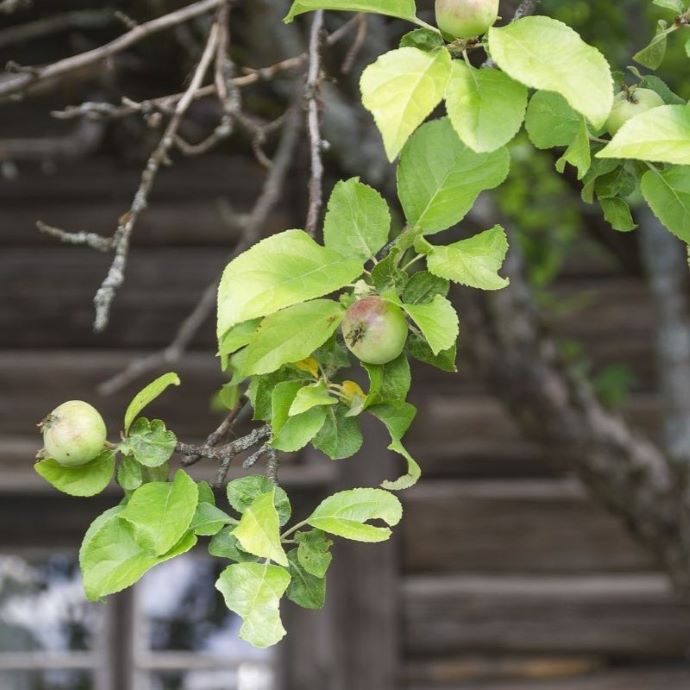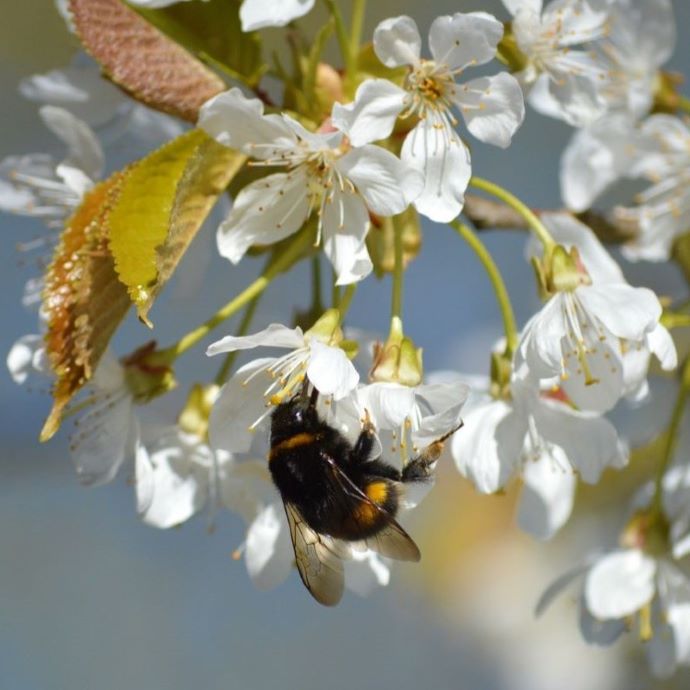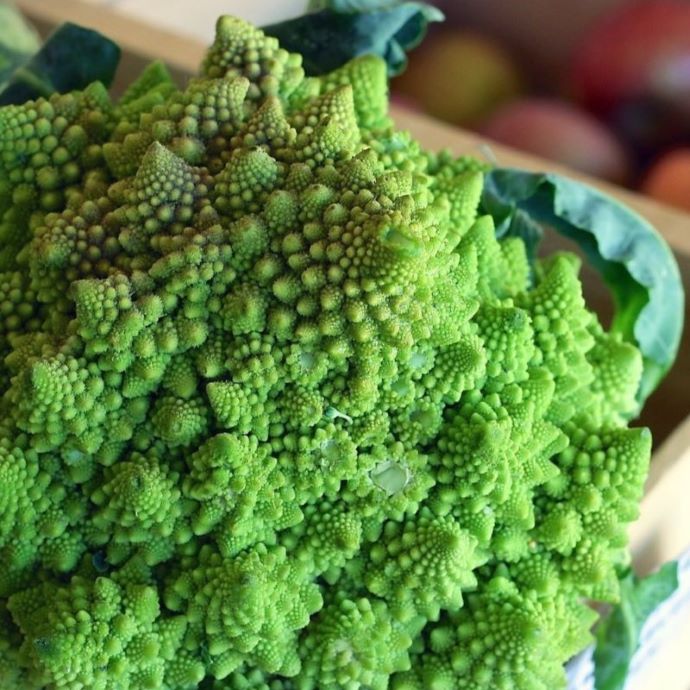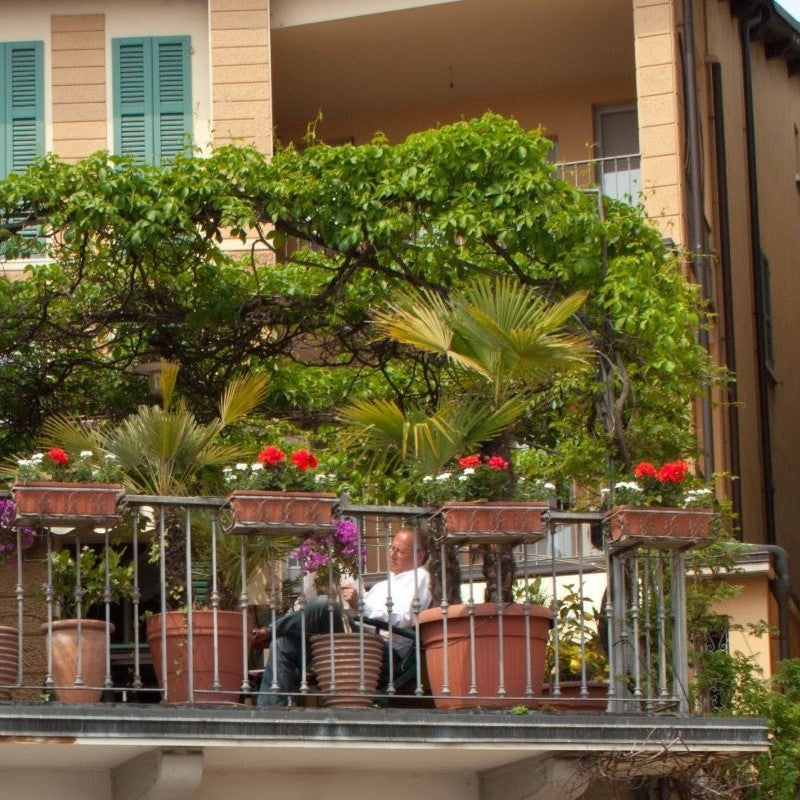Advice & Inspiration
Growing Chillies: UK Beginner's Guide
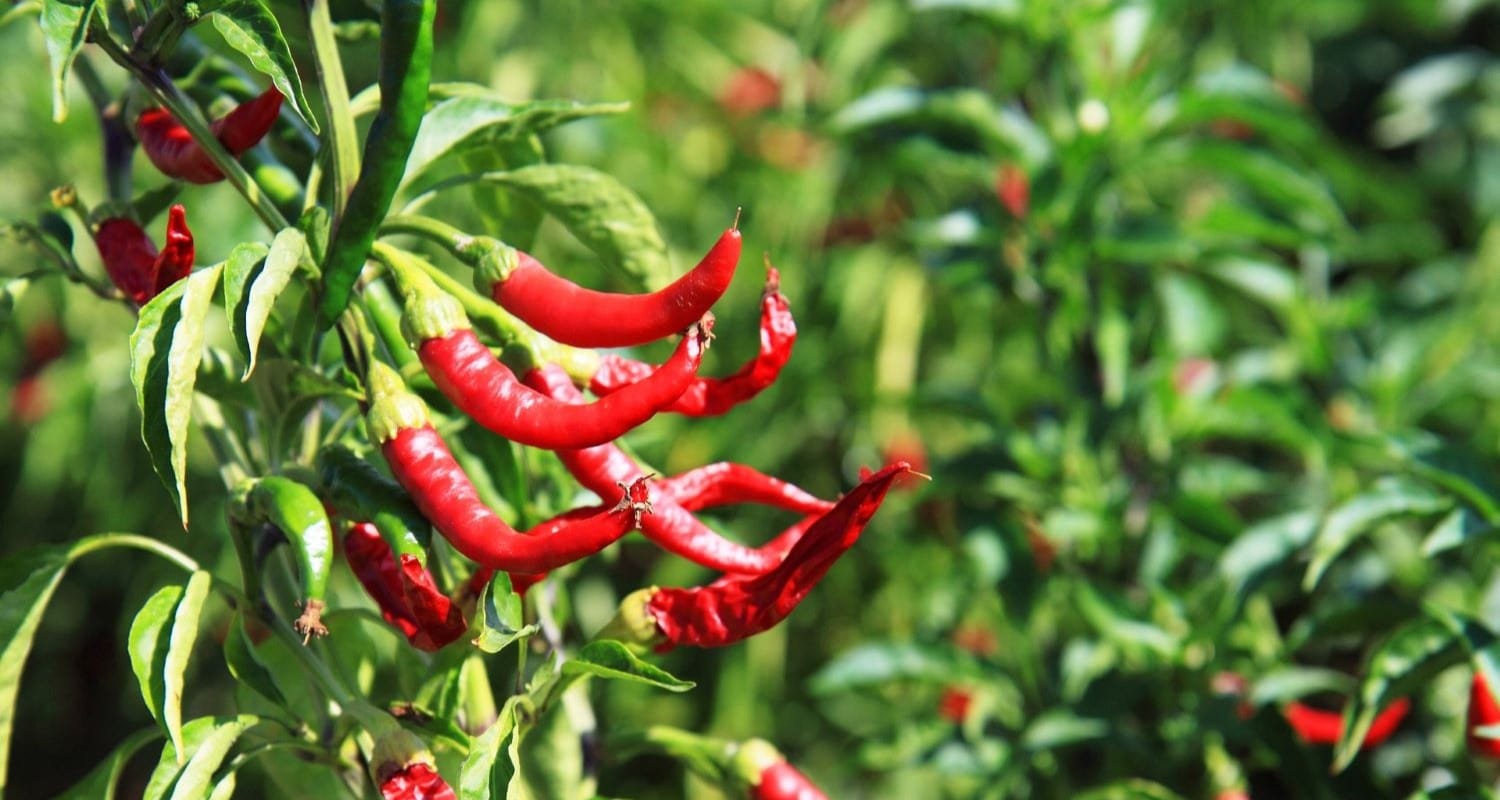
Chillies are some of the easiest vegetable plants to grow. Read on for our growers’ complete guide to chilli plant care and what to expect at each of your chilli plant’s growing stages, from seeds, through nurturing and harvesting your plant, before inviting all your mates round for a game of chilli roulette.*
*Eat responsibly.
Jump to:
- Which chilli plant?
- Growing from seed
- Growing from plants
- Chilli plant care
- Growing in pots
- How to get hotter chillies
- Harvesting
- Storing
- Problem solving
Which chilli plants to choose
All chilli plants grow in roughly the same way and they’re not difficult, so choose the kind of chilli you like to eat best and the heat you can handle. The SHU ratings measure chilli heat and vary from 0-500 (Trinidad Perfume) to 1,000,000+ (Trinidad Scorpion) and there are chillies to suit every kind of cuisine, including Scotch Bonnets for Caribbean dishes, jalapenos and habaneros for Mexican food and Naga Red chillies for the hottest curries. None of them will present you with any major growing challenges, but a dwarf variety such as Apache needs no support and makes the job even easier.
What is the Scoville scale?
The Scoville scale measures a chilli’s heat in SHUs (Scoville Heat Units). It was created by Wilbur Scoville in 1912, who devised a test in which volunteers (we hope) ate chillies ground up and increasingly diluted in sugar water until the testers no longer felt the burn. The number of units refers to the number of dilutions needed (for context, pure capsaicin, the compound that makes chillies hot, is 16,000,000 SHUs). I reckon Wilbur would have gone down a storm on TikTok…

Growing chillies from seed
Chillies are simple to grow from seeds, provided you start them early enough. Sow your chilli seeds about 3cm apart in trays or pots or in individual coir pellets, and cover them with a thin layer of compost. The seeds will germinate quicker if you use a heated propagator or heat mat, but a plastic lid or bag over the pot works too. Position on a warm windowsill where they’ll get plenty of sunlight.
Once the seeds have sprouted, remove the cover to allow better air circulation and prevent mould. Move them into their final pots when your plants are about 10cm tall and have at least two ‘true’ leaves (these will be a different shape to the two seedling leaves that grow first). Use one 20cm pot for each chilli plant or plant two to three in a bigger container.
For a budget option, you can grow chillies successfully from the seeds you scrape out of your average supermarket jalapeno, but you’ll be able to grow a much bigger variety of chillies if you buy the seeds from a specialist chilli company or get them from a seed swap.
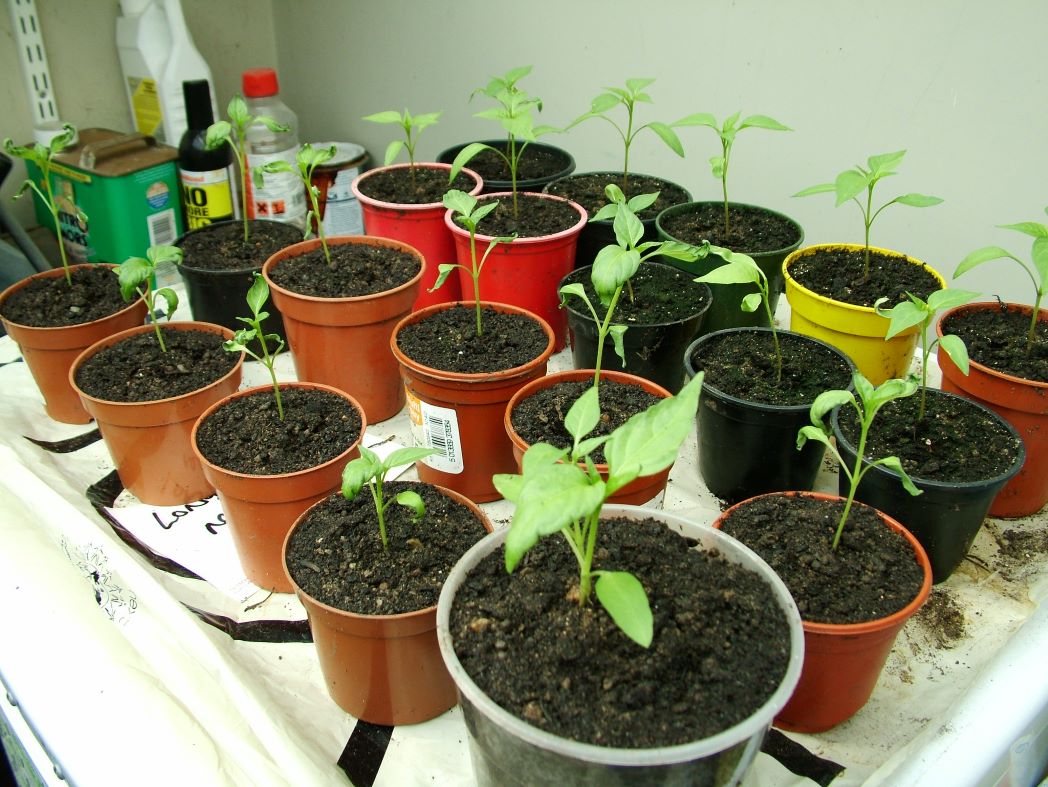
Image source: Flickr.
Growing chillies from plants
If you’d rather skip all that sowing, waiting and hoping (or you’ve left it too late for seeds) you can buy your chillies as young plants which can be grown on in pots. If you’re growing outdoors, your plants should be hardened off (gradually introduced to the great outdoors for increasing lengths of time and brought back in at night) then planted out only after the last frost date has passed. This varies according to where you live, and can be checked here. Otherwise, simply pot up your plants and keep them in a sunny place indoors.
What’s a grafted chilli plant?
Grafting is where the plant breeder joins together two different vegetable plants which have certain qualities (such as disease resistance or vigorous growth) to produce a plant with the best features of both.This can really benefit more tender vegetables such as chillies.
Grafted plants tend to have better root systems, which means the plants can take up more water and nutrients from the soil, growing bigger and producing more fruit. Many of them also seem to crop for a longer period of time.
Grafted chillies are an especially good idea if you’re planning to grow them outdoors - they’ll stand up to more drought, heat and cold than non-grafted plants, saving you money and disappointment.
Can you grow chillies outdoors?
Chillies generally do best in a sunny spot indoors, but there’s no reason you shouldn’t give them a go on a sunny patio or balcony in the summer. Make sure you don’t put them outside too early, when there’s still a risk of frost, and plant them in pots so you can easily move them indoors in case of a change in the weather.
Choose one of the hardier dwarf varieties of chilli, such as Apache and position it in the warmest spot possible, sheltered and well away from cold winds. I’ve also had really good results from growing Basket of Fire outdoors in hanging baskets (and I’m in Yorkshire) but I did start the plants off indoors, only transplanting them once they were well established and the weather was warmer.
When can I plant chillies?
Chillies are one of the earliest seeds you should sow, as they need a long growing season. I always start mine off in February, but sowing as early as January is even better, while starting as late as March to early April should also give you decent results.
If you’re growing from plants, you can order your chillies at any point from April, moving them to larger pots if the roots start to look crowded. Grow them indoors or move them outside only when there is no longer a risk of frost.
How long do chillies take to grow?
Chillies can take between sixty and a hundred days from sowing seeds to harvesting, depending on the variety. Using plants will obviously cut this time down by a few weeks and your chillies should be ready to harvest from late summer and into autumn. You can pick chillies at any stage of their colour development, depending on how you like them.
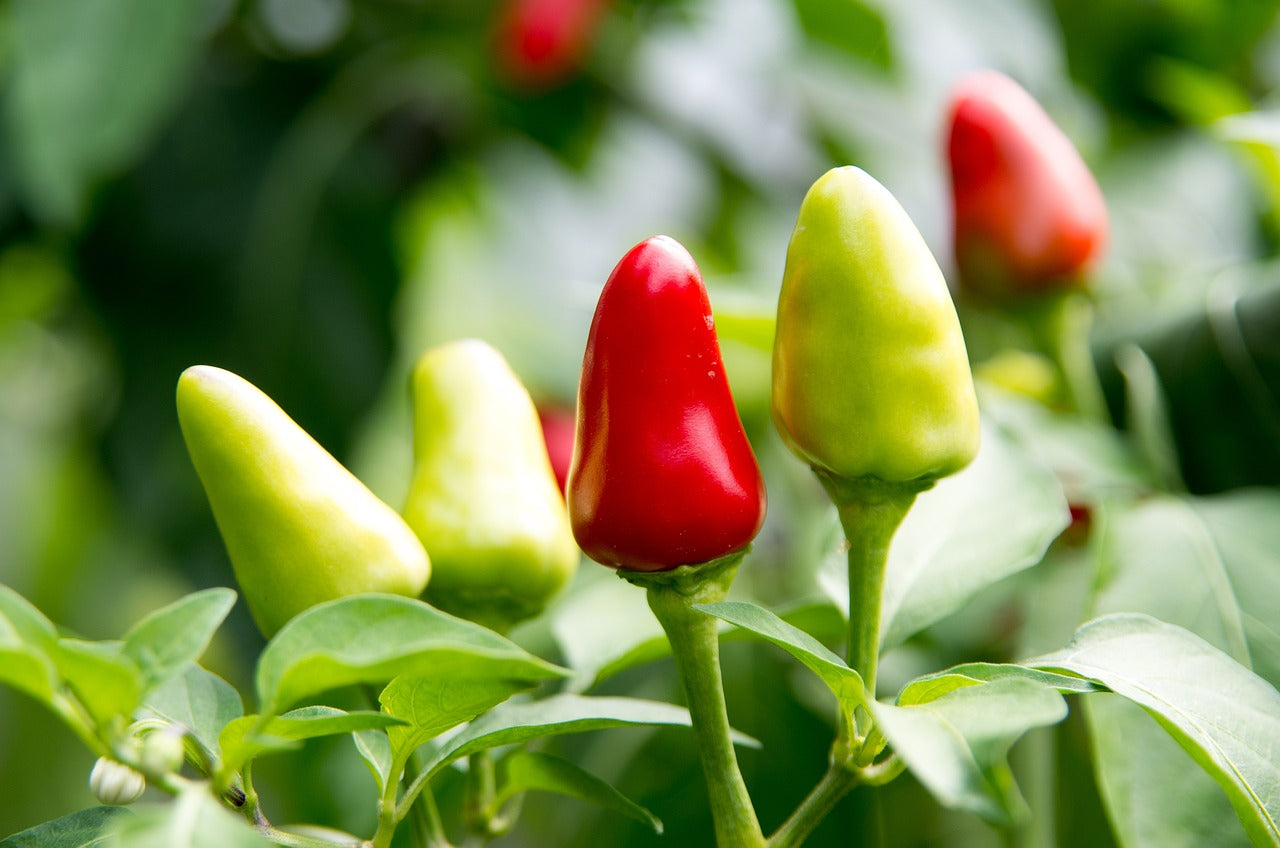
Chilli plant care
How much sun do chillies need?
Chilli plants need plenty of heat and light to grow and fruit, so choose a warm greenhouse, polytunnel, conservatory or windowsill for your plants, or a sheltered sunny spot outdoors (preferably south facing) where your plants will get a full six to eight hours of sunlight daily throughout the growing season.
How much water do chilli plants need?
Little and often is the best way to water chillies. A couple of times a week will probably do it until summer, when you’ll need to increase that to a daily watering. Don’t allow the soil to become too saturated though, as this can encourage mould and mildews. Misting your plants with a fine water spray is also beneficial if they’re growing indoors, as it helps to keep down pests and maintain a good level of humidity.
How to feed chilli plants
When you first plant your chillies or pot on your seedlings, start them off with a sprinkle of general purpose plant food, unless your compost already contains some. When the flowers start to appear, that’s when your plant really needs a regular feeding schedule, to allow the fruits to develop properly. Use a high potash (AKA potassium) feed such as tomato fertiliser every week. Banana skins are high in potassium too, so cutting them up and adding them to the soil will give your plants a boost.
What kind of soil do chilli plants need?
Chilli plants do best in a fertile, well-draining soil - standard garden compost is fine, or a mixture of one part topsoil to three parts compost. To help the soil drain, you can add broken crockery or gravel to the bottom of your pots.
Do chilli plants need support?
Taller varieties of chilli might need support from a garden cane to prevent them bending or breaking - a 60cm one should be fine for most. To avoid damaging the stem, tie it in to the support gently with string, wool, pipe cleaners or soft plant ties.
How to prune chilli plants
Chilli plants shouldn’t need any pruning, other than to remove the dead flowers once they’re finished. To encourage the plant to grow bushier rather than taller, you can pinch out (trim by hand) the top of the main stems when the plant reaches about 20cm in height.
Do chilli plants grow back every year?
I was told a couple of years back that if you keep your chilli plants over the winter, they’ll start blossoming and fruiting again, but it wasn’t the case for mine. I kept some chilli plants on my kitchen windowsill for over a year, but although they kept on growing taller and producing foliage, they didn’t go on to flower or fruit at the time my new plants were doing so. Perhaps the plants were worn out? Maybe it was too cold? Who knows, but I wouldn’t recommend it.

Growing chillies in pots
Chillies are ideal for growing in pots. When you first pot on your seedlings, a 9cm pot will be sufficient for each one - they’re pretty fragile when young, so take care not to break the stems. Use a good quality compost, firm down the soil around the plant gently by hand and give your plant a watering. After a short while the plants will reach about 10cm tall - time to pot them on to their permanent homes! Choose pots which are at least 20cm deep and wide and add a support such as a bamboo cane if they’re a variety that grows tall.
Your plants will do best under cover, but you can move the pots to a sunny patio from June onwards if you prefer.
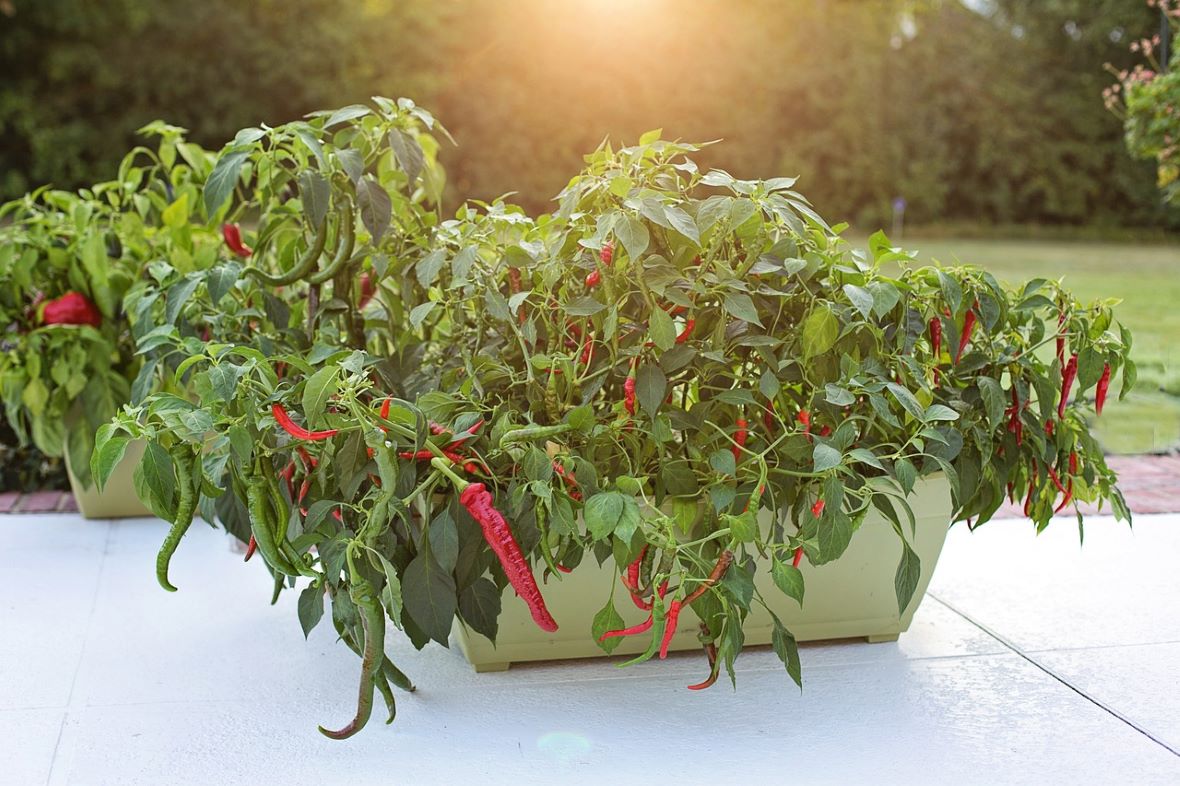
Can I make my chillies hotter?
The evolutionary purpose of a chilli’s heat is as a defence mechanism to stop animals eating it (so that worked well) and they produce higher levels of heat when they’re more stressed. Some growers believe, therefore, that by treating the chillies less kindly than perhaps you normally would, you can increase their heat. The hottest chillies to grow are those with the highest Scoville heat unit count (see above) but if you want even more heat, there are some tips and tricks you can try.
- Grow them indoors. Chillies are slow growing and need as much heat and light as possible to mature to their hottest.
- Start them early. The hottest chilli varieties should be started from seed in January or February, but if you’ve missed that window, you can buy them as plants.
- Don’t feed or water them (much). Allowing the plant to dry out completely between waterings and depriving them of nutrients will stress it and make it produce more heat. You will end up with a smaller, weaker plant with fewer chilies, but those you do get will be hotter.
- Injure them. Some growers (not our growers - our growers are lovely) believe that damaging the plant by snapping off stems and leaves will mimic the effects of an animal trying to eat it, and cause the plant to produce more heat.
- Allow your chillies to mature to red (or whatever their final colour is) and leave the seeds in for a hotter flavour. For a milder chilli, pick them when they’re still green and remove the seeds.
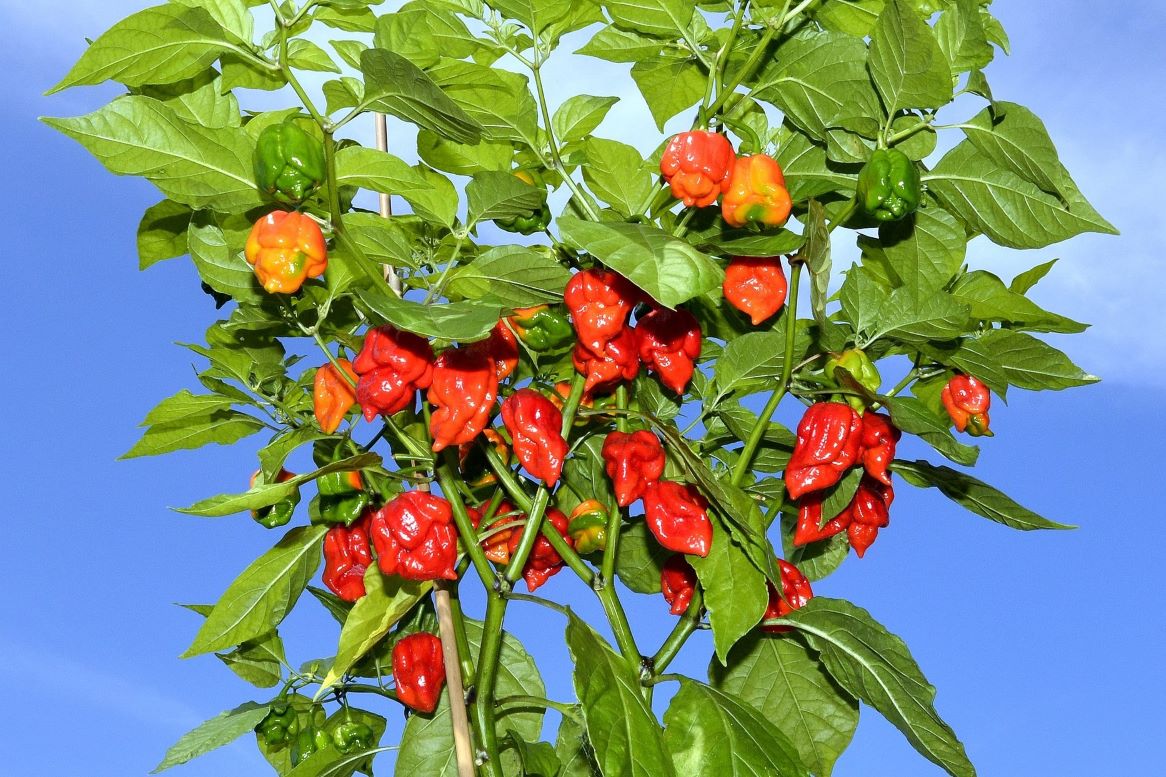
Image source: Wikimedia.
How to harvest chillies
To harvest your chillies, simply cut them off at the long green stalk with a sharp knife or scissors once they reach the size and colour you want. Harvesting regularly will encourage the plant to produce more chillies!
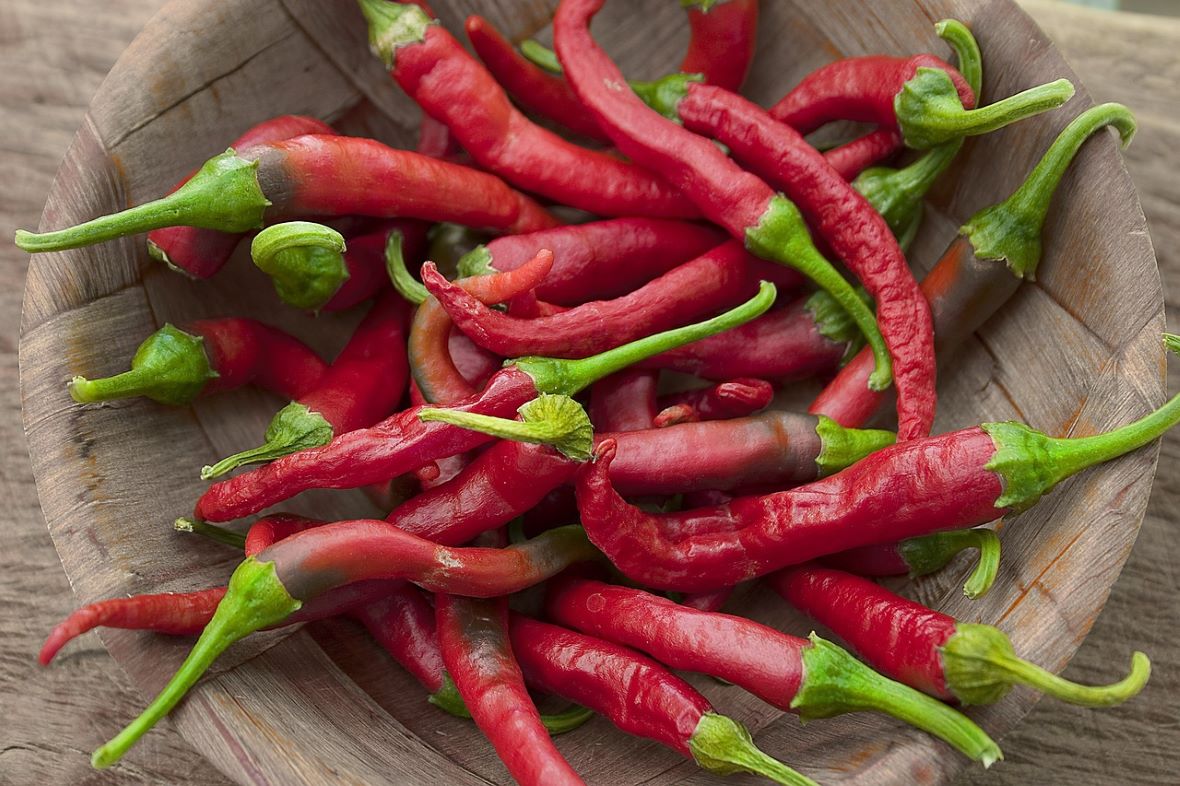
How to store chillies
Freshly harvested chillies will keep for up to three weeks in the fridge or about a week on the kitchen counter. You can also chop them up and store them in the freezer until you need them if you have lots - or try one of these preserving methods to enjoy your chillies for even longer. (But don’t touch your eyes!)
Drying chillies
Make sure all of your chillies still have their stalks attached, then thread a needle and pass it through the base of each chilli stalk until you have a long line of them. Tie a loop at the top and hang them up in a warm, dry, airy place. Once fully dry, you can use them whole or remove the stalks and grind them in a coffee grinder* or pestle and mortar to make chilli powder.
*For the love of all that’s holy, clean it well afterwards. I speak from experience.

Chilli jam
Chilli jam is a glorious invention and a great way to use up both chillies and tomatoes. Make sure your jars are really clean and sterilise them before filling, to avoid the heartbreak of mouldy chilli jam. If you get it right, it lasts for ages and is fantastic on burgers and panini.
Pickled chillies
Pickled jalapeno slices are a Mexican food essential (they’re also great on pizza) and they’re surprisingly quick to make. Why restrict yourself to one kind of chilli though? Experiment with your favourites and make your own mixed jars for added colour (and surprise heat!).
Hot sauce
Making your own signature hot sauce is surely worth growing extra chilli varieties for, although purists would say it needs at least one Scotch Bonnet. Add your favourite herbs and spices to this basic formula, label it with your own image and bring it out at barbecues to impress the neighbours.

What’s wrong with my chilli plant?
It’s got no chillies
If your plant has produced flowers but few or no chillies, it’s probably down to a lack of pollinators. This can be a problem with plants grown indoors, so always make sure you leave windows or doors open regularly where you’re growing, so the bees can get in. You can also help by misting and hand pollinating your plants - use a paintbrush and transfer pollen from one flower to another by gently brushing inside the middle of each flower on the plant.
The chillies aren’t going red
Some chilli varieties take longer to fully ripen than others, which means that while some of your chillies might be maturing, others stubbornly stay green. You can either shrug and use them green, or ramp up the light levels to encourage them to change colour. You can do this by moving your pots to a sunnier, warmer place or even putting them under a grow light. Alternatively, pick them green and ripen in the kitchen - putting them in a bowl with an overripe banana helps.
Whitefly
Whiteflies look like small white moths and are most commonly found on the underside of leaves. If left to their own malign devices they will feed on the leaves, damaging them and turning them yellow. Your best defence against whitefly is to simply spray your plant down with some water or a mix of water, vegetable oil and soap, aiming it at the whiteflies to try and wash them off. Make sure you check the whole plant and get as many of the fiends off as possible.
Aphids
Aphids are the dreaded green bugs that cluster on the plant stems, particularly at the joints, and also the underside of leaves. They cause leaves and fruit to become discoloured and misshapen. Aphids also leave behind a sticky residue known as honeydew which can then promote the growth of a fungus known as sooty mould - about as fun as it sounds. You can use soapy water to blast the aphids off the plant or wipe them off with a damp piece of kitchen roll.
Powdery Mildew
Powdery Mildew is a fungal disease that usually attacks the leaves and stems of a plant, leaving a white powdery residue. It can cause stunted growth and affect crop yields.
Powdery mildew thrives in damp, humid conditions. To prevent it from affecting your plant, always water at the base of the plant in the morning so there’s enough time for the surface water to evaporate, and try to prevent splashing from the ground to the leaves.
If your plant is suffering from powdery mildew, prune away infected leaves at the stem with a sharp, sterilised tool. Be sure to sterilise the tool before touching another part of the plant or other plants in your garden as this can cause the infection to spread. You can then spray the plant down with a mix of one teaspoon of baking soda mixed with a litre of water to prevent further occurrences.


